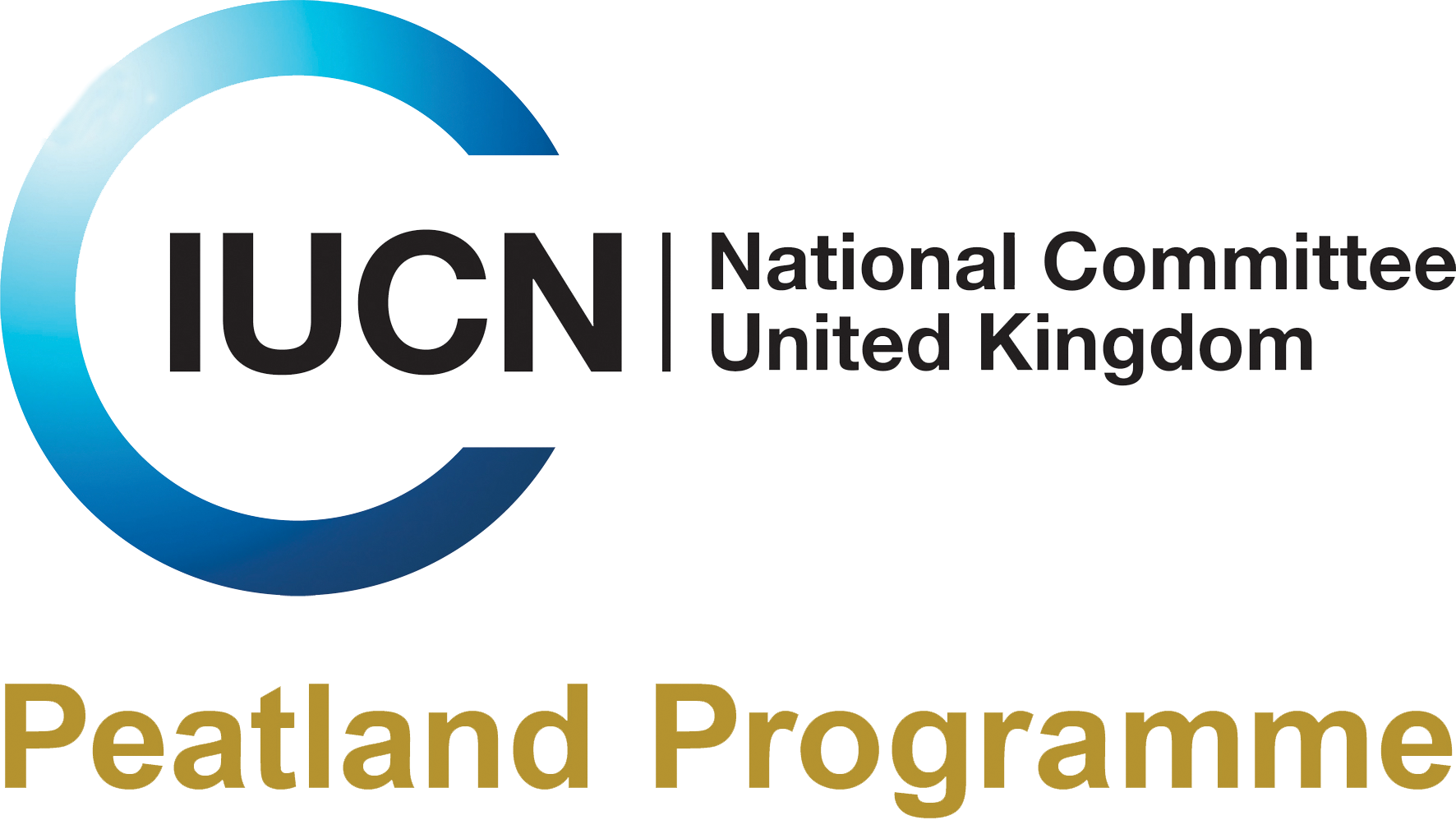Scotland’s Peatland ACTION programme hits record restoration milestone
For the first time since the Peatland ACTION programme began, more than 10,000 hectares of damaged peatland has been restored in Scotland over the last year, reducing harmful emissions and…
